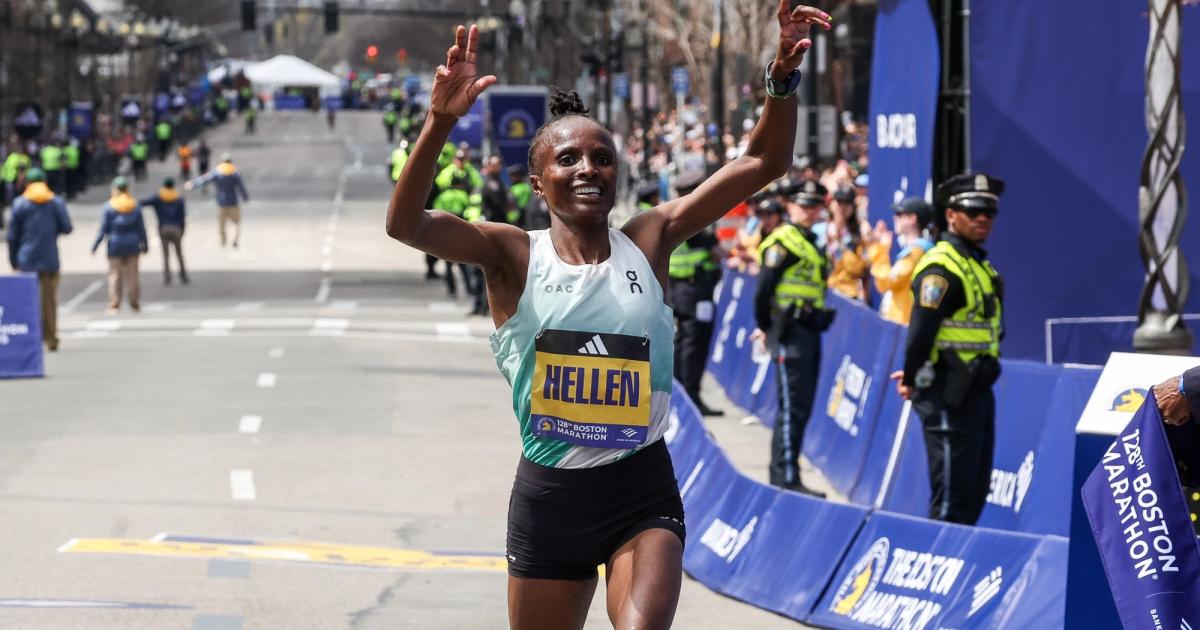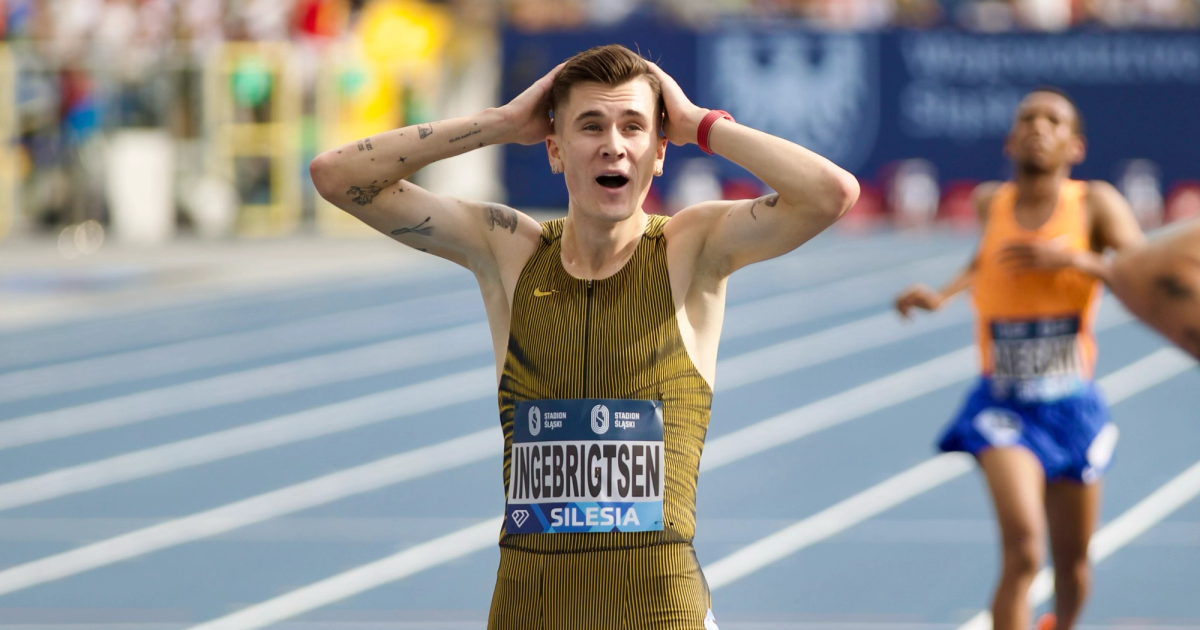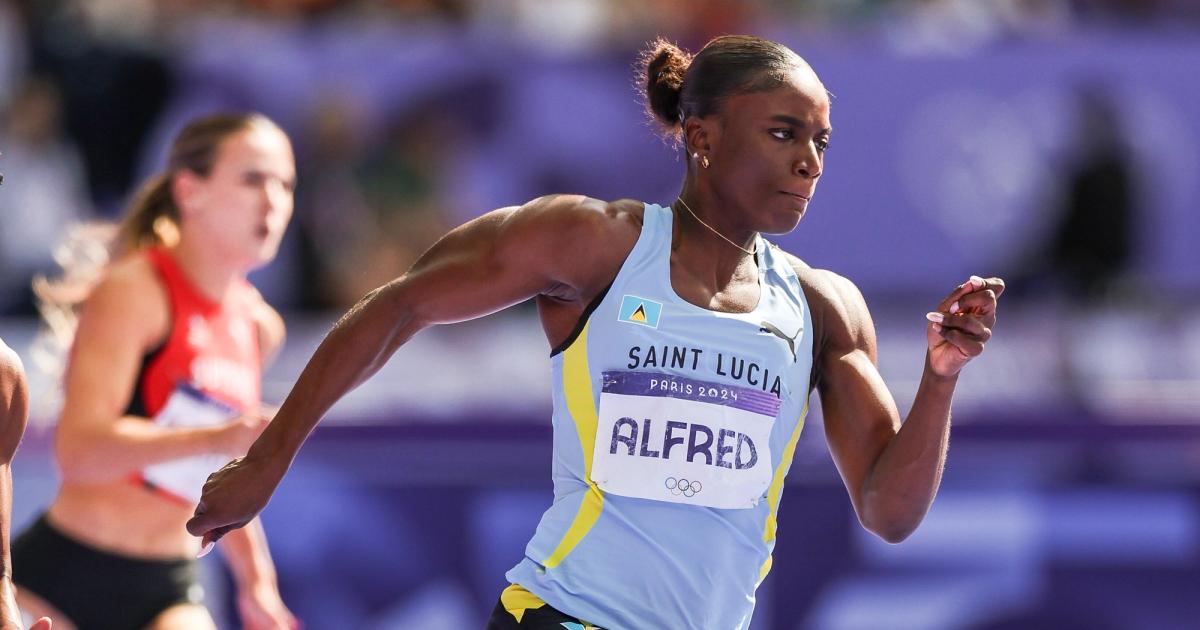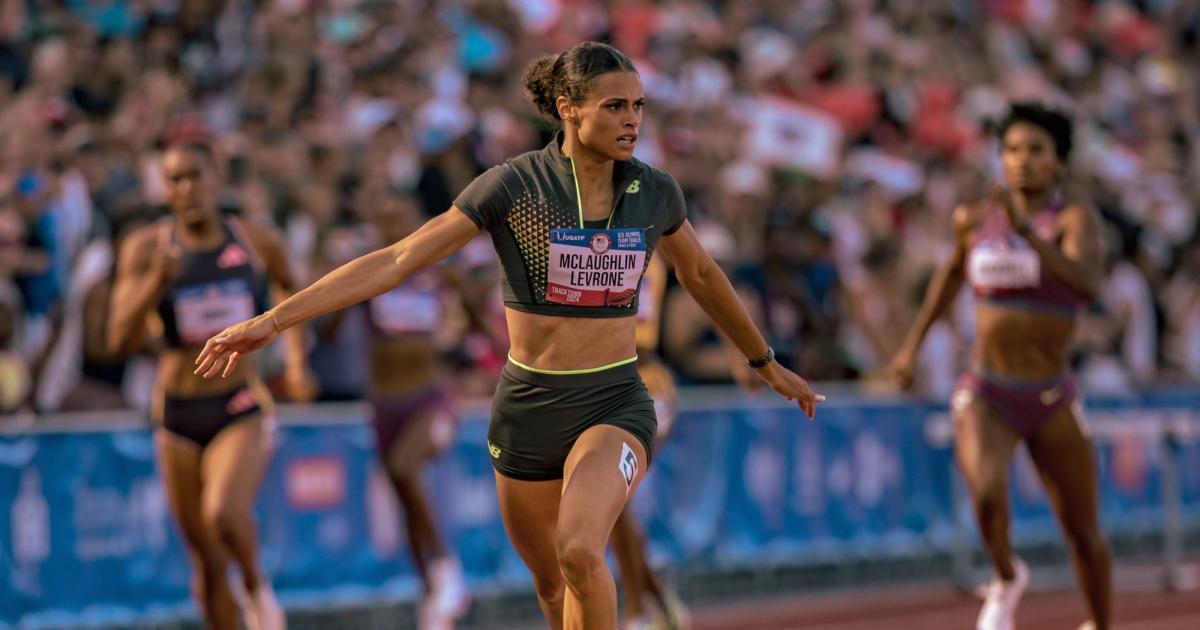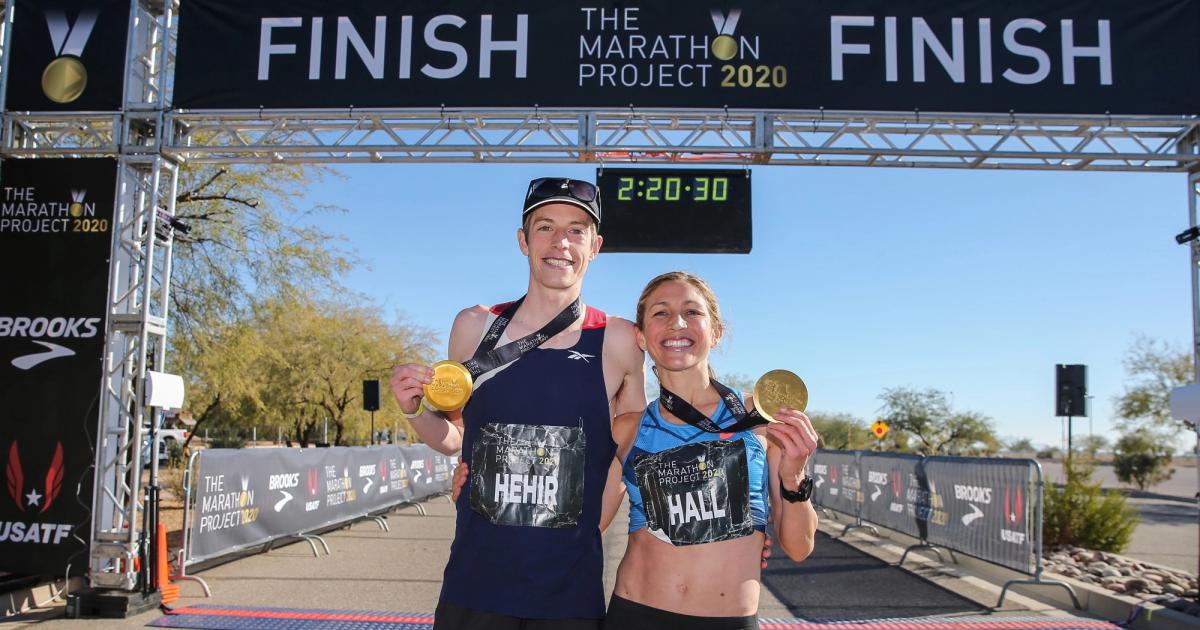By David Melly
January 8, 2025
“I could do it better than that guy!”
Armchair quarterbacks around the world repeat this refrain on a weekly basis as their favorite team drops an easy pass or overthrows to first base. But here’s the thing: while it’s a claim you can loudly announce to your buddy as you finish your third Coors Light of the evening, you’ll never be held accountable for this assertion. They don’t just let you try out for the Chiefs, and NBA players rarely play pickup at the local YMCA.
In running, on the other hand, access is not the problem. Literally hundreds of thousands of people—maybe even you!—have technically raced Eliud Kipchoge head-to-head in a marathon. You can sign up for an all-comers meet, settle into the blocks, and if you can run a 9.90 for 100 meters, congrats: you’ve qualified for USAs, baby.
That’s not to say that the sport has no gatekeeping: professional agents help determine meet entries for the big races. The races with perfect weather, competition, and pacing require significant travel. The latest prototypes are only available to sponsored runners. But compared to most other sports, track and field is a meritocracy.
However, the accessibility of track and field can be a blessing and a curse. The reason why “head down to your local track and try to run a lap at this pace” is a marathon-broadcast cliche is because it is a good way for casual fans to wrap their minds around the athletic accomplishment playing out on screen.
It’s our best asset for bringing in new fans: you can turn on the television (in the rare event track and field is on TV) and explain the general goal of what’s happening in one sentence without having to define pass interference, off-sides, or strike zones.
But simplicity isn’t always a good thing. An easy-to-understand event can catch your interest, but being able to hold that interest for longer than the length of a Tik Tok—say, 25 laps of racing—requires understanding the nuances of race strategy, backstory, stakes… all the things our newsletter readers love. But good luck getting your MMA-obsessed friend to sit still and internalize the pieces critical to really understanding the sport.
Accessibility presents another crucial drawback. Aside from the oval itself, there are few closed loops in track and field. This was where the docuseries SPRINT really struggled: how do you make the London Diamond League feel important when it has no bearing on winning Olympic medals?
The cadence, rules, and schedule of professional leagues offer comfort in clarity. You generally know what athletes will be competing when you tune in to watch a game between two teams. The outcome of each game has at least some bearing on a team’s ability to advance to a championship season. There is no such thing as a season-long bye into an event where the winner is the year’s Big Champion.
But you know all this already. You’re all in on Grand Slam Track; you cheer for your team at every event of the NCAA Championships; you know exactly who on the starting line has won which World Marathon Majors. Why does it matter to your inbox and news feed?
Because one crucial element of tightening track and field up to match the more compact, narrative-ready seasons that drive most other sports requires wading into murky waters: drawing a line between running the activity, and track and field: the elite sport.
The Boston Marathon qualifying standards getting faster are interesting fodder for discussion and debate, but Hellen Obiri doesn’t have to worry about getting a BQ. Your average BU meet includes at most six sections that matter to coverage of the sport on the professional level despite taking place over the course of six hours.
Where this can get more uncomfortable is when we talk about the business of running. Does every athlete who wants in have the right to enter a meet? Should collegiate track and field athletes ever race professional competition? What considerations should go into awarding shoe contracts? And probably the livest wire: are there too many professional track and field athletes out there?
There are many valid reasons why professional track and field should be a much smaller sport. If your singular goal is to package an exciting season around high-level performance, you want to incentivize Noah Lyles to race Kishane Thompson as many times a year as possible, with something on the line each time. And—hold your boos!—if your singular goal as an organizer of the Olympic Marathon Trials is to showcase the best marathoners in the country competing for three spots, you should invite maybe 25 people per gender, allowing fans to follow the entire field.
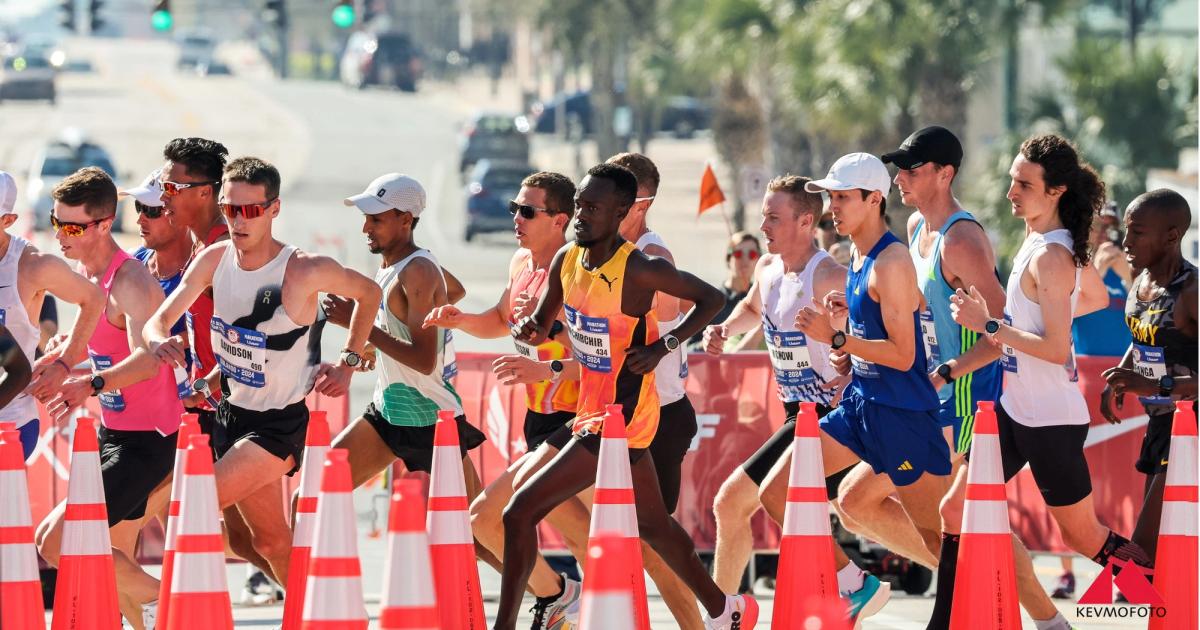
Kevin Morris / @KevMoFoto
Any debate over how elite versus equitable to make track and field also needs to factor in which parties have the largest influence over where the money goes: shoe companies and, to a lesser extent, agents and meet directors.
And it’s crucial to remember that shoe companies are businesses. They are looking for some sort of vaguely attributable marketing ROI on the athletes they endorse. A number of factors contribute to contract decisions, including, but hardly limited to, performance. A runner being fast isn’t a guarantee that they’re attractive to a brand (After all, there is no shortage of Bachelor contestants schilling for Hoka while top marathoners turn in their singlets). And even world-class athletes can go unsponsored for long periods if their self-worth is set at a dollar value that a sponsor has yet to match.
The introduction of Grand Slam Track, meets like Athlos with robust prize purses, and the Diamond League’s improvement of its own prize structure are all great for ensuring that the sport’s highest performers are well compensated for performing highly— but even that money isn’t infinite, and those organizers have decidedly focused on raising the ceiling for the lucky few at the top rather than setting a higher floor for track and field journeymen.
But the sole takeaway shouldn’t be to disregard any and all non-performance-focused externalities. It’s that we have to be precise when we talk about what’s “good for the sport.” Sports are entertainment, and as such, there’s room for bombastic personalities and idiosyncratic performers, even if they aren’t necessarily global medal threats. And there are worthy reasons to invest in athletes, teams, and races that also make the sport more inclusive, equitable, and community-forward.
Track and field is bigger than a collection of races from point A to point B, and we lose something special and arguably unique about our sport if we take a reductionist approach. But scarcity is our unfortunate reality, and critically assessing how the time, money, and attention is distributed in our sport should be thoughtful and goal-oriented. If we’re pushing for change, which positive impacts exactly do we want to see, and on what scale?
Greater professionalization of track and field has a benefit and a cost. And given the enormous inertia of the status quo and the limited reach of the average fan and even a semi-popular newsletter, picking and choosing battles carefully is necessary. So as we head into a new year, a new Olympic cycle, and a period of tremendous potential for change, keep asking yourself—and those you’re trying to hold accountable—what we’re talking about when we talk about track and field and why it matters.

David Melly
David began contributing to CITIUS in 2018, and quickly cemented himself as an integral part of the team thanks to his quick wit, hot takes, undying love for the sport and willingness to get yelled at online.
